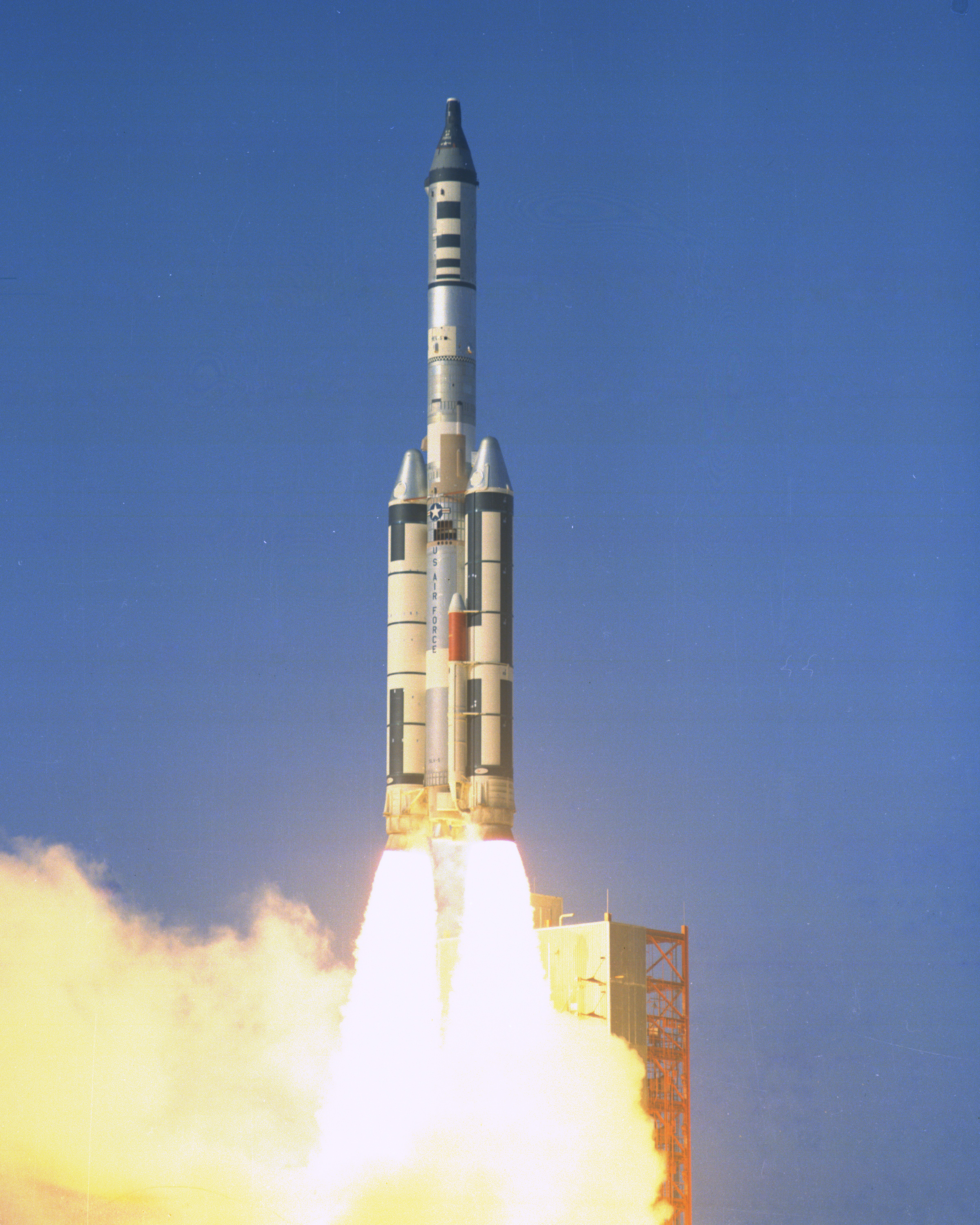Monday, February 4, 2013
The Mole and the Diamond
During the Cold War, the United States and the Soviet Union both experimented with the idea of manned orbital reconnaissance platforms. Nova produced a pretty good documentary on it here:
Astrospies
The American program was called Manned Orbiting Laboratory (MOL, pronounced "mole"), and proposed mounting a two-man Gemini capsule to the front end of a small space station equipped with a a large downward-facing telescope and plenty of high-quality film. A pair of astronauts (breathing a helium-oxygen atmosphere, presumably to save weight and spend more money) would spend some time flying over Soviet territory taking pictures of missile silos, air bases, ship formations and the like, then parachute into the Pacific, film in hand. As it turned out, the presence of the astronauts and their necessary life support system induced enough jitter into the telescope mount that the resolution advantage afforded by the larger mirror was nulled, and high-quality radio links did away with the need to return film in the first place. A team of astronauts was selected before the program was cancelled, though, and many of them went on to fly the Space Shuttle.
The Soviets actually put their system, Almaz (meaning diamond) into service. The early Soviet manned space program struggled after losing the race to the Moon with America, and few of the Almaz missions went well. Still, they proved the concept that people could do spy work in low Earth orbit, although it still didn't make much sense in the scheme of things. The military stations were phased out in favor of scientific outposts, which became relatively mature and almost uniformly successful during the Reagan years.
I have mixed feelings about this odd chapter of space history. So many people believe that there's no valid use for people in space, and it would be nice to point to such a practical program to counter this argument. That said, the utility of humans in space for research, repair, and exploration is obvious, and in a way it's nice that there are (so far) no real military applications of human spaceflight. For now it's strictly peaceful, and hopefully humans in space will stay that way for decades to come.
Subscribe to:
Post Comments (Atom)

"A pair of astronauts (breathing a helium-oxygen atmosphere, presumably to save weight and spend more money)..."
ReplyDeleteThat made my night. Can you imagine the comm tapes? Squeaky astronauts... XD
Seriously. I could make this up, but I wouldn't, because it would sound ridiculous. Too be honest, though, nothing about Cold War spy satellite technology sounds ridiculous to me anymore, now that I know that for quite a long time film was physically printed out in space and then returned to Earth for development. Rube Goldberg would be pleased.
ReplyDeleteI'm really not sure why the heliox mixture was baslined for MOL. Helium makes perfect sense in underwater habitats where nitrogen narcosis is a problem, but if you want to save weight on your spacecraft wouldn't it be better to just breathe pure oxygen at low pressure? That's what all American spacecraft through Skylab did. Maybe the thinking was that MOL would have more sensitive electronic equipment, and they wanted to increase the cabin pressure to improve cooling without taking the full weight penalty that a nitrox mixture would apply. Sometimes project managers just make weird life choices.
I really need to figure out how to get the internet to notify me when people follow up on my comments.
ReplyDeleteProject managers do make weird life choices. What's fun is getting them to explain them later. ;)